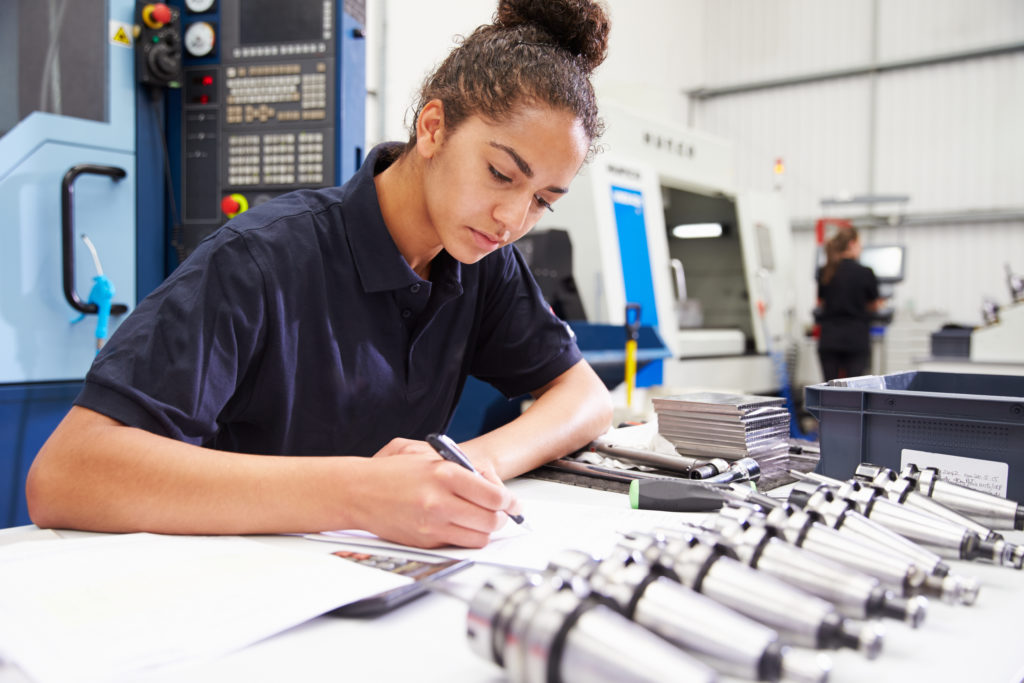STEM-ing the Gender Gap

In recent years the shortage of qualified workers in the field of Science, Technology, Engineering, and Mathematics or STEM fields has not only caught the attention of industry leading companies, educational institutions but also policy makers. Initiatives have begun all over the world to increase the number of females enrolling and pursuing careers in these fields.
It is clear that the lack of professionals in these fields has caught the attention of a wide range of stake holders. Currently only 15%-25% of students enrolled in these fields are female and only 14% of currently practicing Engineers are female.
The need for diverse design groups is imperative for successful products. Shining examples of failures in design due to narrow development groups include the IVR system, or Interactive Voice Response system. This was considered a huge advancement in the telephony market, however on its initial launch it failed. Why? Because during the design, development, and testing phases of the product the only voices tested were that of males. When a females attempted to use the technology it was unable to recognize their higher pitch voices and thus 50% of the market the tool was designed for was unable to utilize it. Another great example is the initial conception of the airbag. When designed and tested it was only measured for men, and when it was put in to use, it caused many injuries to women with smaller frames. The end results on both of these initial failures that turned into comprehensive successful products is that gender diversity leads to better, safer, and more effective products.
include the IVR system, or Interactive Voice Response system. This was considered a huge advancement in the telephony market, however on its initial launch it failed. Why? Because during the design, development, and testing phases of the product the only voices tested were that of males. When a females attempted to use the technology it was unable to recognize their higher pitch voices and thus 50% of the market the tool was designed for was unable to utilize it. Another great example is the initial conception of the airbag. When designed and tested it was only measured for men, and when it was put in to use, it caused many injuries to women with smaller frames. The end results on both of these initial failures that turned into comprehensive successful products is that gender diversity leads to better, safer, and more effective products.
As this movement continues to grow and gains support more and more organizations are developing programs to help feed the STEM pipeline. Some of these organizations include Stemettes, EngineerGirls, and GirlStart. You can seek information on programs in your area at National Girls Collaborative Project, NGCproject.org